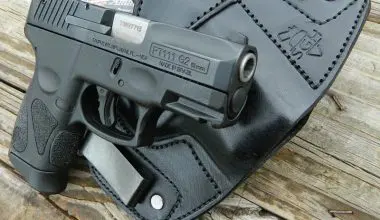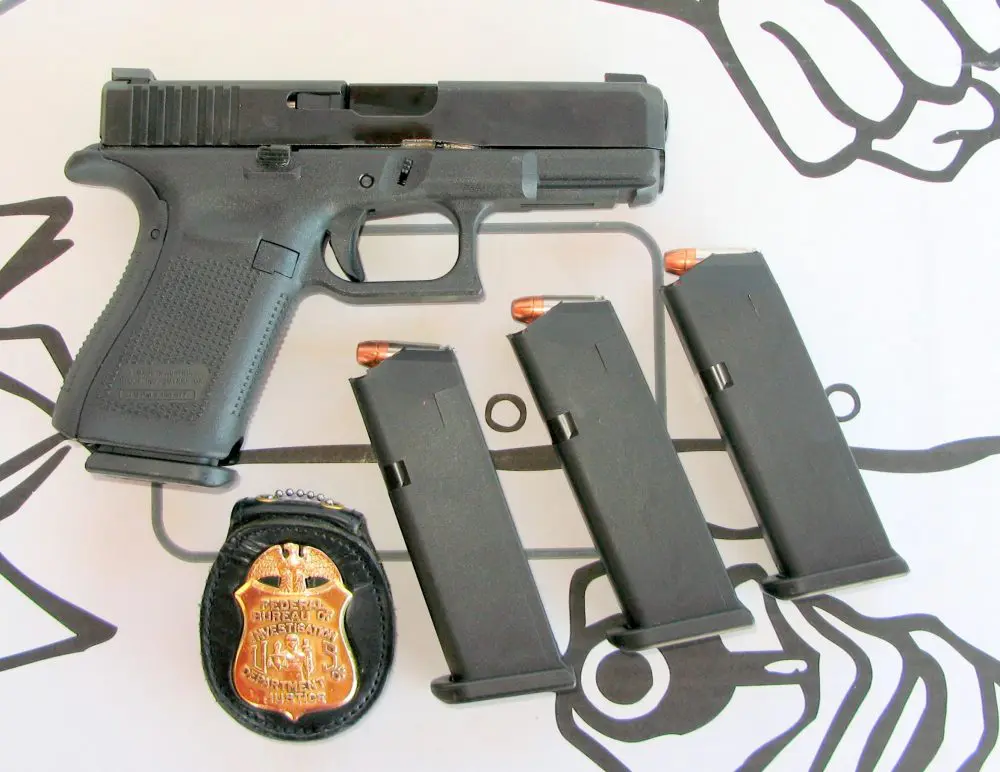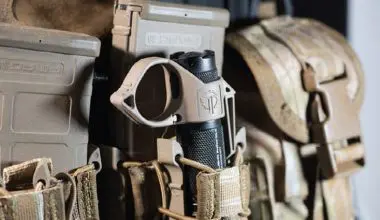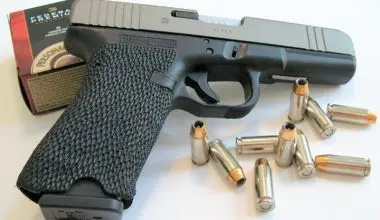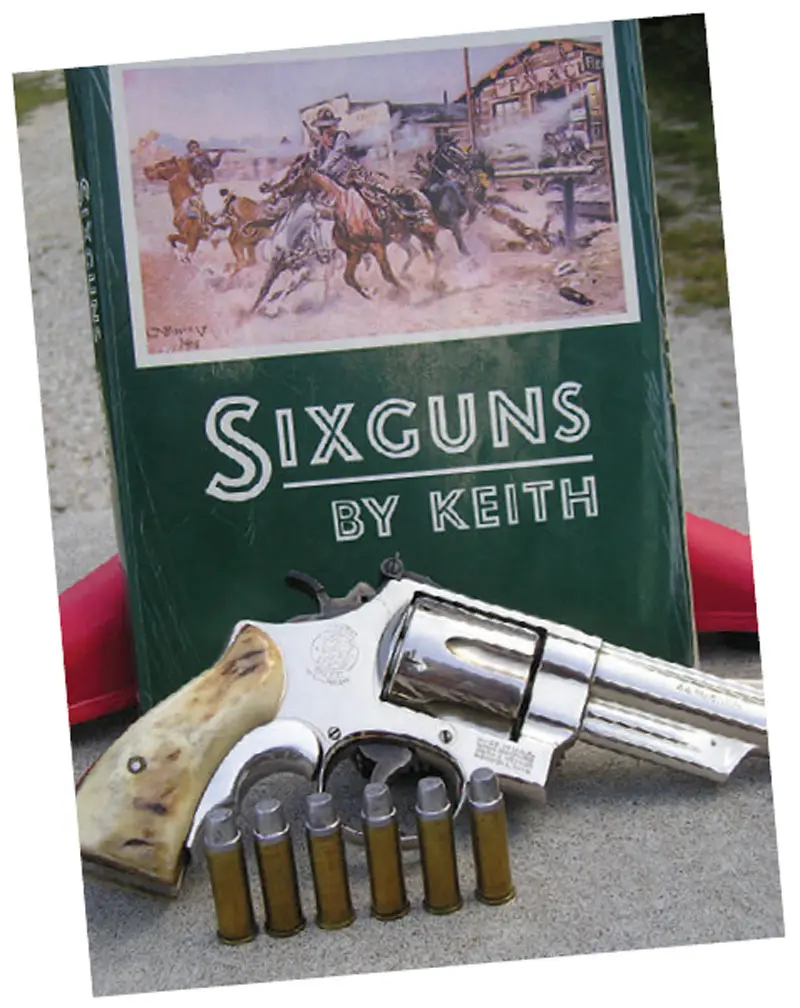
I’ve been what many would classify as a “gun nut” since age 12. I truly enjoy shooting anything that has a trigger and goes “bang,” whether it’s chambered in .17 or .50 caliber, and everything in between.
Along the way, my tastes and interests have drifted toward the tactical and self-defense fields, which is why I conduct training in those areas. One thing I’ve learned on my journey is that very little is new or innovative. The old saying, “If you want to learn something new, read an old book,” holds very true in the firearms field.
So, what’s this got to do with some guy named Elmer? For those of you who are just joining us, this “Elmer guy” is Elmer Keith, known to some as the Sage of Salmon, Idaho, and the Dean of American Gun Writers to others.
He was a cowboy, hunter, packer, guide, shooter, prolific experimenter, and gun writer during most of the 20th century. He was the driving force behind the creation of the .44 Magnum, the .338 Winchester Magnum, the Winchester Model 70 bolt-action rifle, the .41 Magnum, a style of bullet that bears his name to this day, and countless other things during his lifetime.
Elmer Keith was born in a time that we’ll never see again. His mentors were men who fought on the frontier and during the Civil War—men who knew more about living and dying with the gun than most do now.
In the tactical and self-defense training sectors today, there is a lot of talk about shooting on the move, shooting at multiple targets (since bad guys usually run in packs), point shooting, shooting at close and long range, and generally “being one with the gun.”
The way it’s written, you’d think this is all new knowledge that’s been discovered in the last 15 years or so, since we’ve been in a couple of big shooting wars for about that long. Well, I hate to tell you, but it’s all been said before.
Table of Contents
SIXGUNS BY KEITH
In 1955, Elmer Keith wrote the classic shooting book called simply Sixguns by Keith. It was more or less a treatise on all things having to do with shooting the handgun, from choosing the right handgun for the job to learning to shoot it, competition, gunfighting, quick draw, point shooting, shooting at long range, holsters, modifying the handgun, and choosing the right cartridge. It was literally a one-stop shop for the new pistol shooter.
Elmer Keith was not the last word by any means, but he was smart enough to learn from others the skills one would need to stay alive in a dangerous world and, along with his own vast amount of personal experience, to put it into words.
Let’s take a look at a few things Elmer talked about almost 60 years ago, and how they apply today.
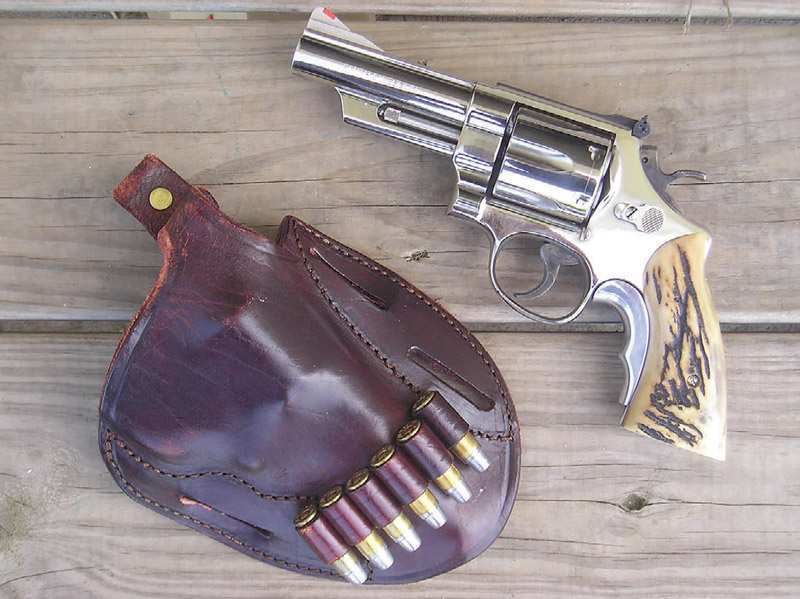
LEARNING THE GUN
“More time is required to master the handgun than any other type of firearm. To become an expert shot, one must live with the gun. Only by constant use and practice can one acquire a thorough mastery of the short gun. You must work and play with it, eat with it, sleep with it and shoot it every day, until it becomes a part of you and you handle it surely and easily as you would your fork and knife at the table. … good shots are not born; they are made by careful conscientious training. The best shots practice daily.”
Every day we see new shooters enter the gun world, and this is no doubt a good thing. But many seem to think they can buy proficiency if they just get the right gun, shoot the right ammo, or watch the right DVD. A couple of sessions at the range, a YouTube video and a good night’s sleep, and they’ll be good to go, right? The truth is, you have to do the work.
The best shooters in the world work at it every day, and many of them are training for a mere trophy. The new shooter, who is buying the gun to protect their life and their loved ones’ lives, has much more at stake.
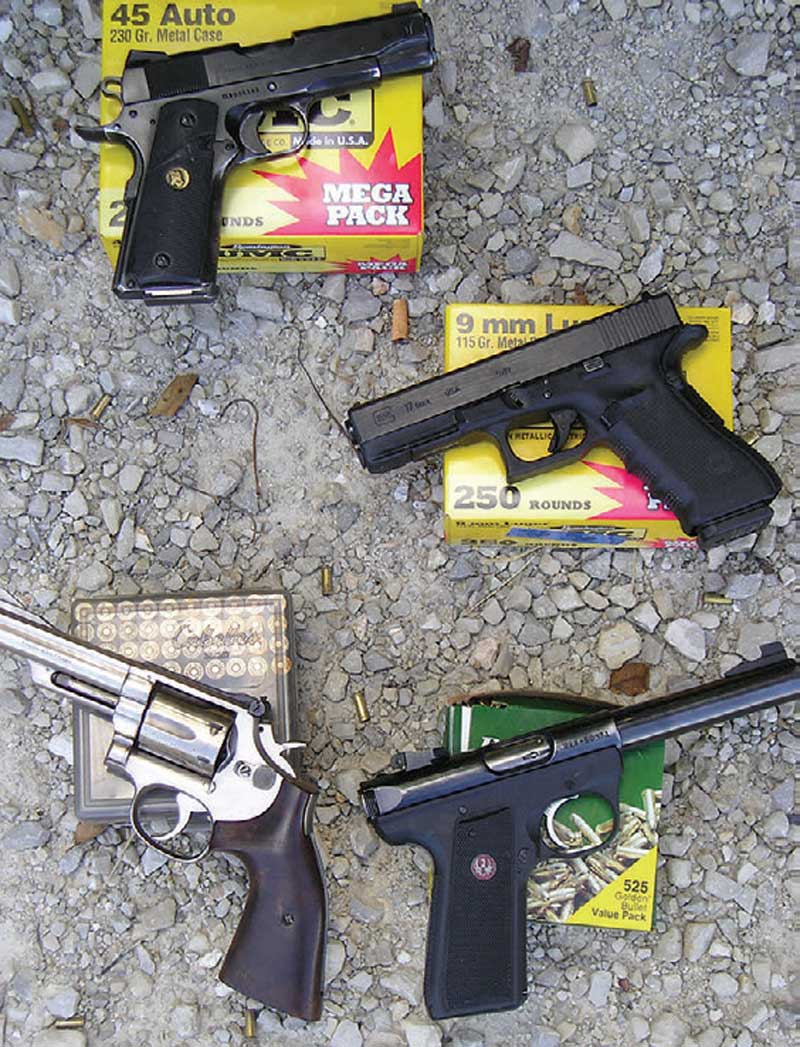
Why don’t they train just as much, if not more? Because it’s hard, it requires dedication, and one doesn’t get the instant results that most are accustomed to in modern life. Unfortunately, there’s no other way. Whether it’s with a full-size gun or a .22, you have to get in the trigger time.
BACKUP GUNS
“These pocket guns are a valuable addition to the officer’s armament when he does pack a heavy holster gun. He may lose it in a scrimmage and also may have some thug get the drop on him and disarm him. Then the little hidden pocket gun may prove a life-saver.”
While a lot of us advocate the backup gun for law enforcement and private citizen use, for a long time it was thought that, if you had a second gun, you were guilty of poor peace officering, you were going to use it as a “throw-down” in an accidental shooting, or you were just a paranoid loon.
Fortunately these attitudes have changed greatly, but a lot of people still think that carrying a second or backup gun is somehow crazy. Yet, even six decades ago, the smart people were doing it. If you carry a gun, you probably need to carry two.
QUICK DRAW AND GETTING THE GUN INTO ACTION
“In practicing quick draw, avoid all strained or unnatural positions. Stand loosely but with the weight well balanced on both feet, and if anything, lean into your target. In combat it is a good thing to move after the first shot and get down as low as possible so you will afford a smaller target for your adversary’s fire.
“One should be able to throw a slug from any position he may be in, sitting, standing or lying down. After the first shot is time to move if necessary. In any gunfight in the dark, always move after or with every shot and change position as much as possible.
“After one has practiced getting the gun into action in a fraction of a second, enough years, all that is needed to start the fireworks is the realization of immediate necessity. The subconscious mind takes over and the shooting starts before another thought can register.”
Hollywood would have you believe that the classic “gunfighter’s crouch,” with the body locked up and the shooter’s hand formed into a rigid claw above the gun, is how it’s done. We know now that one moves much faster when the muscles are relaxed.
Also, we have taught for a long time to move after you start shooting or move and shoot at the same time. If you stand in place, you’re probably going to die there as well. Shoot and move is the name of the game.
We don’t always know where the fight will come from, so you need to be able to draw and shoot from unconventional positions, such as sitting inside a car or behind a desk, or shooting from the ground after being knocked down in a fight.
A lot of instructors today like to think this kind of training is somehow revolutionary. It seems arrogant to think that somehow no one in the last 200 years or so managed to come up with the same thing!
If you do the work long enough and consistently enough, you reach a state of “unconscious competence,” where you don’t have to think about the act. It just happens. This leaves your mind free to deal with other things that happen in a fight.
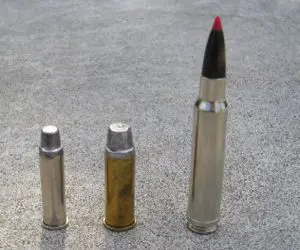
If you study the old-time gunmen, you’ll find that they had already made the decision to fight long before the fight started. If you want to claim the title of “gunman” and wear it proudly, you must work at it.
GUN FIGHTING AND PERSONAL DEFENSE
“Gun fighting is nasty business, but as long as we have a criminal element, or nations bent on mastery of the world, it will be necessary. The best defense against either is a trained citizenry of gun fighters who will keep and carry on the traditions of this great country for posterity.”
This hasn’t changed much in almost 60 years. We still have enemies, foreign and domestic, that want to do us harm at all costs. Whether it be the crackhead trying to score his next fix or a government entity run amok, a well-trained and armed people can neither be subjugated nor intimidated.
It is up to every able-bodied man and woman to become sufficiently trained in the use of arms, and pass that on to the next generation. This is the only way our children and grandchildren will remain free.
Elmer Keith was just a man, but his advice on these subjects still passes the common-sense test. Go back and read an old book, one written before the time of Internet videos, training DVDs, and even shooting schools.
Luckily for us, Sixguns by Keith is back in print from Wolfe Publishing. It belongs on the shelf of every serious shooter. Pick it up and read it. You just might learn something new from this classic tome.

